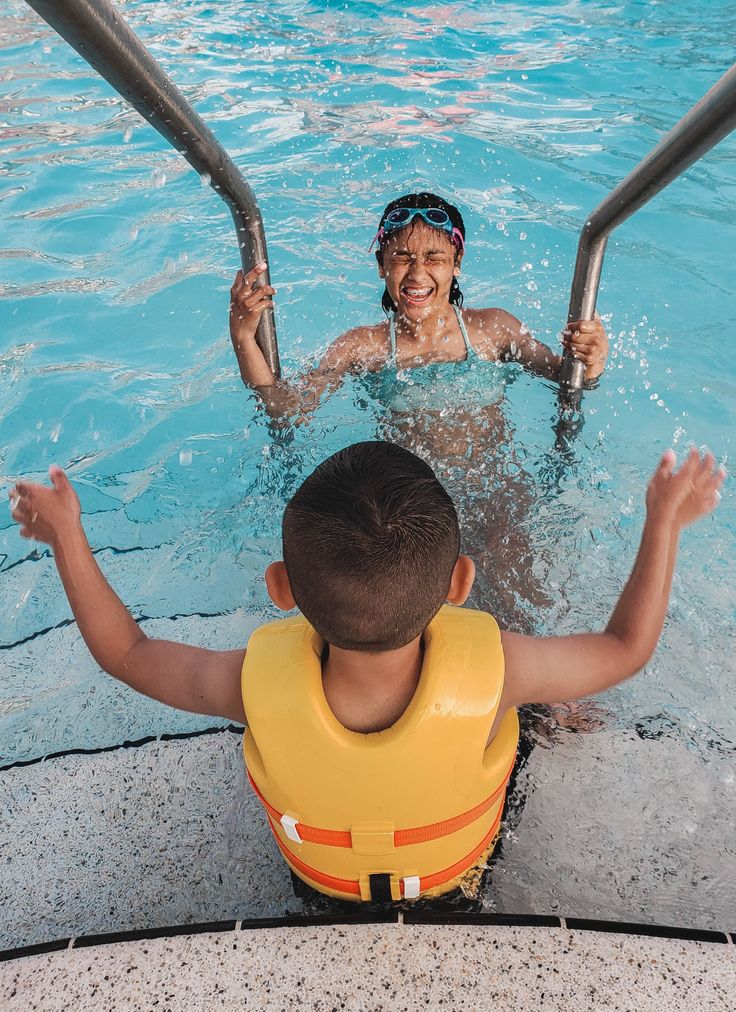Toddler Discipline: Navigating the Challenges of Early Parenting
Disciplining a toddler can be one of the most challenging aspects of parenting. Toddlers, typically between the ages of 1 and 3, are still developing their understanding of emotions, boundaries, and social expectations. They may not yet have the skills to regulate their own behavior or express their needs clearly, which often leads to frustration—for both the child and the parent. However, discipline during these formative years is essential for helping toddlers understand what is acceptable behavior and guiding them toward emotional and social maturity.
Understanding Toddler Behavior
Before diving into discipline techniques, it’s important to understand that toddlers are at a stage where they are learning how to navigate the world around them. At this age, toddlers are developing their language skills, social awareness, and emotional regulation. They are exploring their autonomy, testing boundaries, and often experimenting with behaviors like saying “no,” throwing tantrums, and engaging in defiant actions.
Because toddlers don’t have fully developed reasoning abilities, their behavior can often seem irrational or even disruptive. However, many of these behaviors are a normal part of their development as they begin to assert their independence. Discipline is not about punishing these behaviors but about providing structure, teaching limits, and helping toddlers learn to manage their actions in socially acceptable ways.
Key Principles of Toddler Discipline
1. Consistency Is Key
One of the most effective tools in toddler discipline is consistency. Toddlers thrive in environments where they know what to expect. If rules and consequences are inconsistent, toddlers will become confused about what is expected of them. For example, if a parent allows a toddler to hit one day but punishes them the next day, the child won’t be able to understand why their behavior is sometimes acceptable and other times not.
Parents should aim to set clear, simple rules and apply them consistently. This helps toddlers feel secure and learn the cause-and-effect relationship between their actions and consequences.
2. Model Positive Behavior
Children, especially toddlers, learn through observation. They are keenly attuned to their parents’ behavior and often imitate what they see. If a toddler sees a parent reacting to frustration with yelling or throwing things, they are more likely to mimic this behavior when they become frustrated.
Modeling positive behavior—such as using words to express feelings, practicing patience, and using calm body language—teaches toddlers how to deal with challenging situations. By demonstrating the behaviors you want your child to emulate, you are providing them with a blueprint for how to act in different circumstances.
3. Redirect Instead of Punish
Toddlers are still developing their impulse control, so it’s natural for them to engage in behaviors like throwing things, grabbing items they shouldn’t, or having temper tantrums when they don’t get their way. In many cases, punishment is not the most effective way to manage this behavior. Instead of immediately resorting to time-outs or reprimands, try redirecting your toddler’s attention to a more appropriate activity.
For example, if your toddler is throwing their food on the floor, you might calmly say, “Food stays on the table,” and offer them a new activity, like playing with a toy or drawing. Redirecting attention not only diffuses the situation but also provides a constructive way for your toddler to channel their energy.
4. Use Positive Reinforcement
Positive reinforcement is a highly effective tool in toddler discipline. This technique involves rewarding desired behaviors to encourage repetition. Praise, hugs, or small rewards like stickers can motivate toddlers to engage in positive behavior.
For example, when your toddler listens to instructions or shares a toy with a friend, be sure to provide verbal praise: “Great job listening!” or “I’m proud of how you shared your toy.” Positive reinforcement helps toddlers feel proud of their good behavior and increases the likelihood that they will repeat those actions in the future.
5. Set Clear Boundaries and Stick to Them
Setting boundaries helps toddlers understand what is acceptable behavior and what isn’t. However, it’s essential to set realistic and age-appropriate boundaries. For example, it may not be reasonable to expect a toddler to sit quietly for an hour at a restaurant, but asking them to use their indoor voice or stay seated while eating is a reasonable boundary.
When boundaries are crossed, it’s important for parents to calmly and firmly remind the child of the rules and the consequences for not following them. For example, “We don’t hit. If you hit, we’ll need to take a break in your room for a few minutes.”
6. Time-Outs Can Be Effective, But They Should Be Short
Time-outs can be a helpful tool for giving toddlers a moment to calm down, but they should be brief. A time-out should not feel like a punishment but rather an opportunity for the child to reset and reflect on their behavior.
Keep time-outs to a few minutes (one minute per year of age is a good rule of thumb) and ensure that the toddler is removed from the situation without feeling shamed or isolated. For example, if a toddler is throwing toys in anger, a short time-out in a quiet space gives them a chance to cool off before rejoining the activity.
7. Avoid Shouting or Physical Punishment
Shouting or using physical punishment may seem like an immediate way to stop undesirable behavior, but these approaches are not effective in the long term. In fact, they can have negative effects on a toddler’s emotional development and can lead to more behavioral issues.
Shouting can frighten or confuse a toddler, making it harder for them to understand what they did wrong or how to improve. Similarly, physical punishment can lead to aggression and a lack of trust between the parent and child. Instead, focus on gentle but firm guidance and verbal explanations.
8. Be Patient and Understanding
It’s essential to remember that toddlers are still learning how to manage their emotions and behavior. They might not always have the ability to express themselves in words or understand the consequences of their actions. Patience is vital when guiding them through difficult moments.
Take deep breaths, stay calm, and remind yourself that toddlers are not trying to frustrate you on purpose—they are learning, and mistakes will happen. By approaching discipline with patience and understanding, you’re teaching your child how to cope with frustration and emotions in a healthy way.
Conclusion
Disciplining a toddler requires a blend of patience, consistency, and understanding. It’s a time for parents to guide their child through learning important life skills such as emotional regulation, respect for boundaries, and social interaction. Positive reinforcement, clear boundaries, and calm redirection are the building blocks of effective toddler discipline. Through consistency and empathy, parents can help their toddlers navigate these formative years and develop the skills they need to thrive as they grow older.



